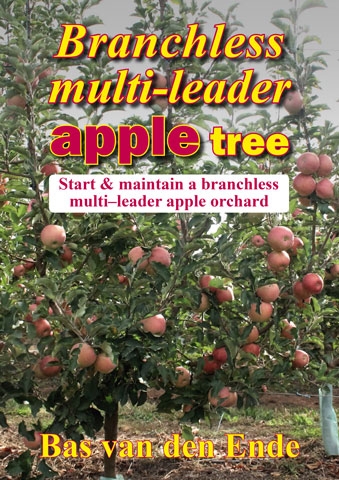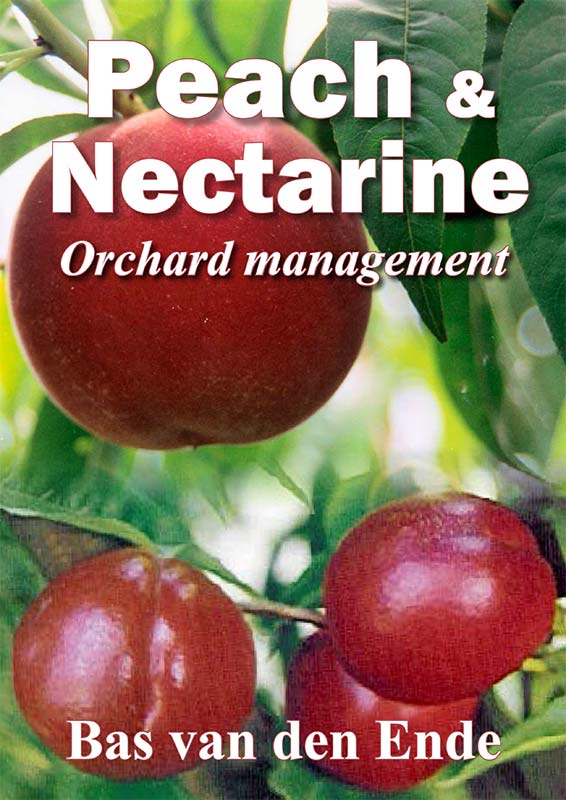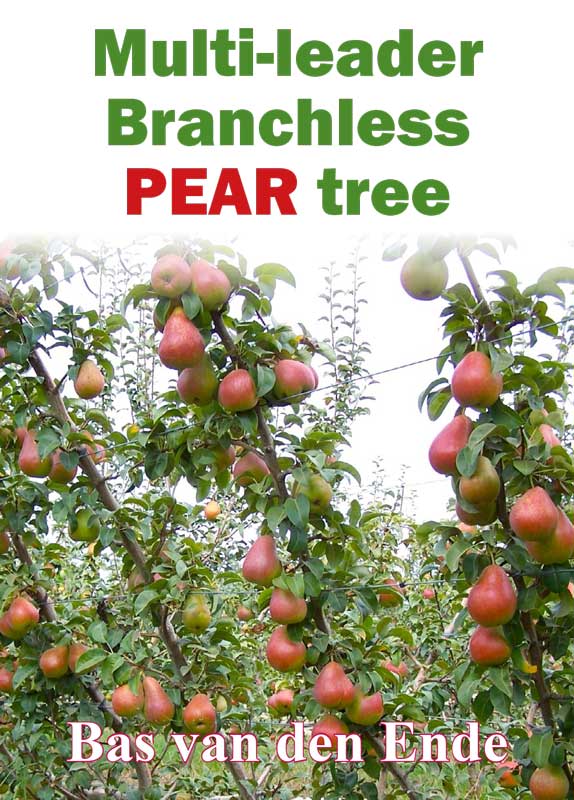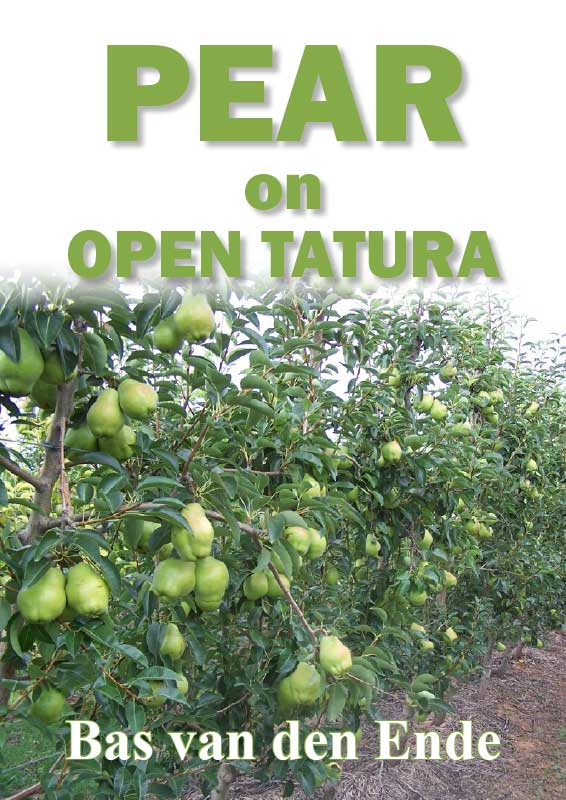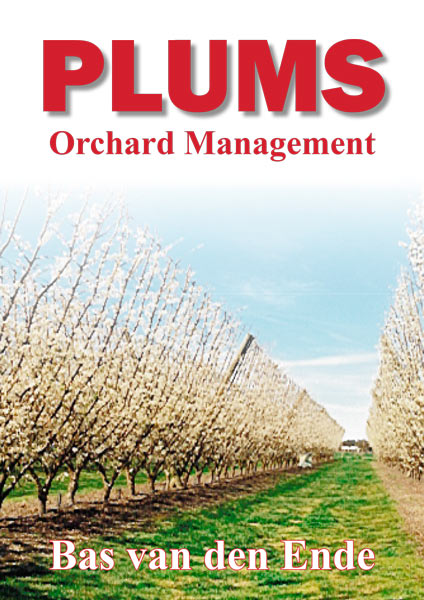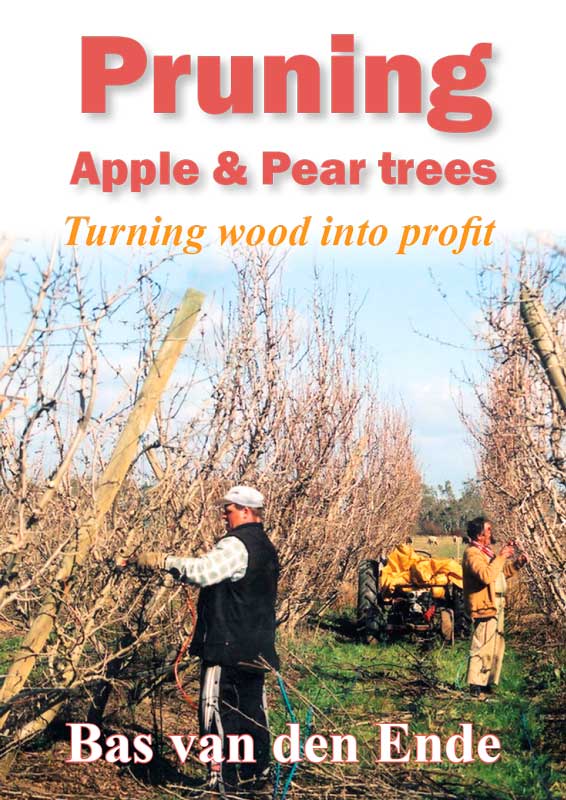Research on fruit trees began at Tatura 80 years ago.
In this article we look at the 'Golden Era', 1973 to 1983—a decade of achievements.
This article is about how the Tatura system of growing fruit came about and evolved into one of the most productive and versatile systems in the world.
A small group of research scientists and support staff banded together to find solutions that plagued the fruit industry in the Goulburn Valley.
The multi-disciplinary type of research approach yielded the design and development of an orchard system that is recognised as one of the most productive and versatile systems in the world, and put the Tatura Horticultural Research Station on the world map.
Why research needed a new direction
In the late 1800s, irrigation was established on the sandy loams In the Goulburn Valley and the Murray Valley.
The climate was suitable for horticultural crops (fruit trees, grapevines) and the flat land enabled flood irrigation.
Horticultural research stations were established at Tatura in the Goulburn Valley (GV) and at Irymple in the Murray Valley (MV).
This article briefly discusses some early look-see research at Tatura, and then the later systematic research which aimed to understand the mechanisms of tree growth and production.
Field trials—the most important method of research
Before 1970, field trials were the most important method of research at the Tatura Horticultural Research Station.
For example, a non-replicated soil management trial for peaches ran for about thirty years from 1937.
The systems of soil management included straw mulch, bare surface, permanent sod and cultivation.
The peach trees in each system were spaced at 6 m (both in the rows and between the rows), and were flood-irrigated once a month during the growing season.
Many measurements were made on the trees (e.g. yield, growth, pruning weights, fertiliser rates), and the soil (e.g. aggregate stability, irrigation, water infiltration, drainage, water penetration).
These trials resulted in many recommendations for orchardists in the Goulburn Valley on the management of the trees and soil. They helped solve many local problems such as poor soil structure, hard-setting soil, low infiltration rate, shallow water penetration and acidic soil.
However, the trials did not explain why productivity differed in different systems, for example, why straw mulch produced the highest yields (about 28 t/ha of peaches) compared with the other systems (about 20 t/ha).
The trials also produced much background information about the fruit industry.
Rising costs, falling returns for growers
In the 1970s, the industry was facing a difficult time with increasing costs, returns for fruit rising slowly, and uncertain markets. Most orchardists were trying to survive.
Times were tough, returns were low.
The Tatura Horticultural Research Station needed to find ways of increasing profits for fruit production in the GV and the MV in north-central Victoria.
(cont next issue)
See this article in Tree Fruit April 2019



